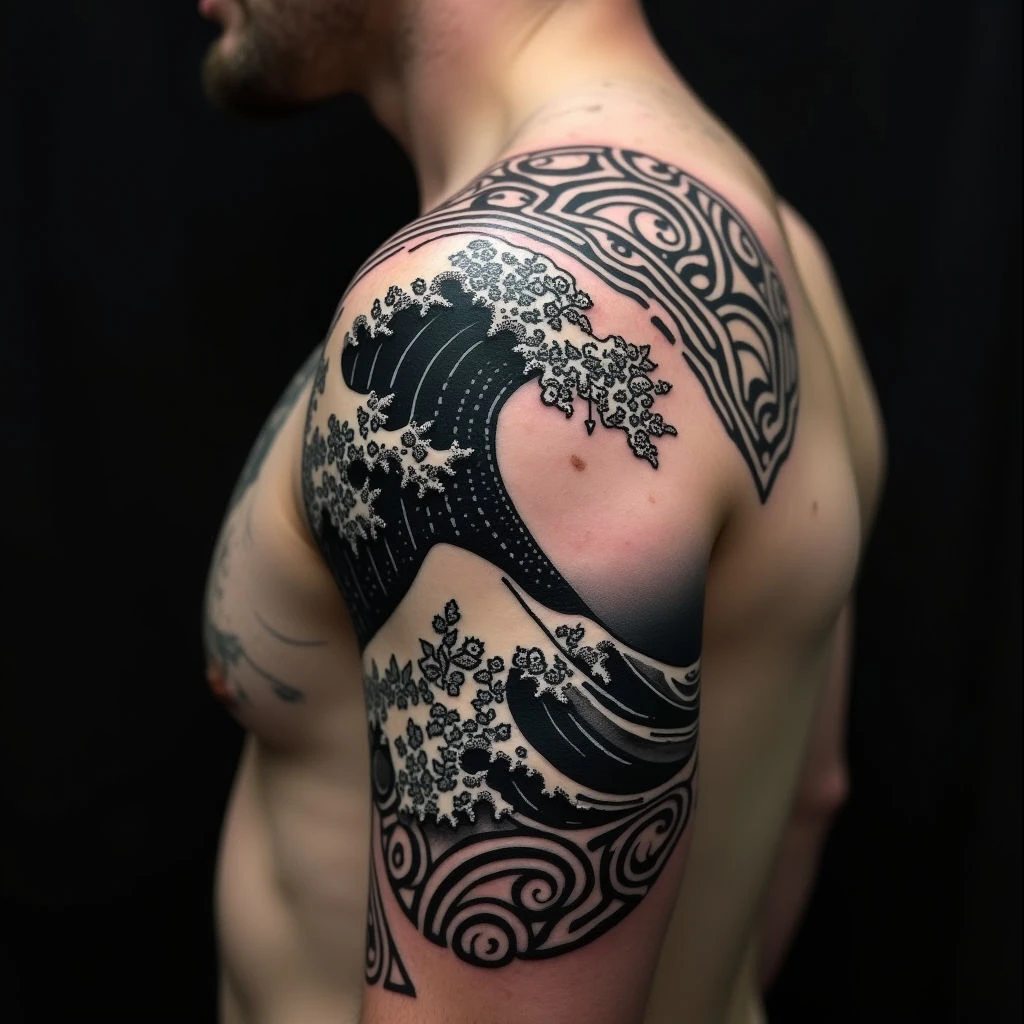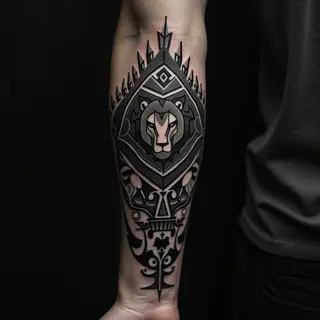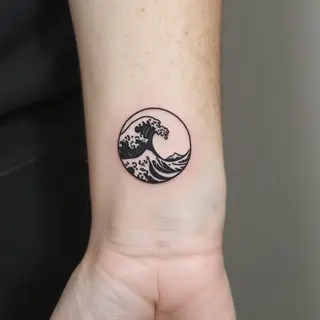The Enduring Story of Ta Moko: Polynesian Tribal Tattoos
Traditional Polynesian tribal tattoos, known as ta moko, are so much more than just body art. They’re a powerful way to express who you are, where you come from, and your connection to those who came before.
A Deep Dive into Tradition
These intricate designs aren’t just pretty pictures; they tell stories, show your place in the community, and honor your ancestors. The practice itself is sacred—a spiritual act carried out by skilled artists who hold generations of knowledge.
Origins Across Polynesia
While most people associate ta moko with the Māori of New Zealand (Aotearoa), similar traditions thrive throughout Polynesia—think Samoa, Tahiti, Hawaii, and Tonga. Each island group has its own unique patterns, symbols, and techniques, all reflecting their individual histories.
Understanding the Designs
Polynesian tribal designs are instantly recognizable thanks to their swirling patterns, bold lines, and meaningful imagery. Let’s look at some common elements:
- Spiral Patterns (Koruru): Represent growth, expansion, and how everything is connected.
- Waves & Ocean Motifs: A reminder of life’s journey, strength, and the ocean's power.
- Ancestral Figures: Honoring those who came before and showing your family history.
- Geometric Shapes (Niho): Representing concepts like protection and wisdom.
The Traditional Process
Historically, ta moko was applied by tapping chisels (called uhi) into the skin—a deeply painful but significant rite of passage. Today, artists often use modern tools while still respecting the traditional designs and spiritual meaning.
Respecting the Culture
If you’re considering getting a Polynesian tribal tattoo, it's vital to approach it with respect. Do your research—understand what the designs mean—and find an artist who truly understands and honors these traditions.


